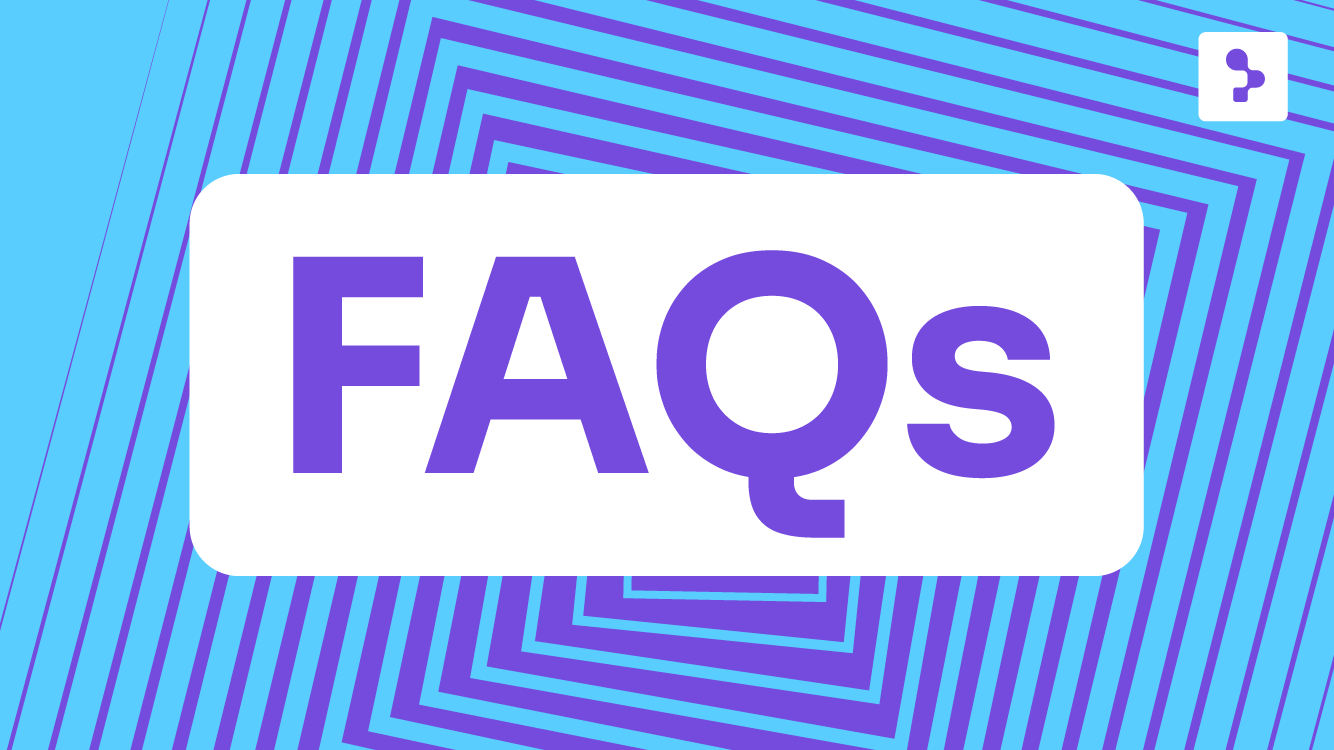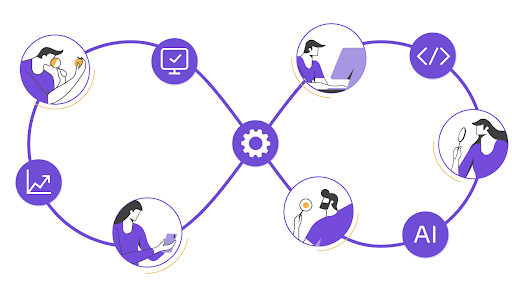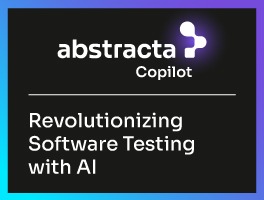ETL testing redefined for enterprise data leaders—integrating AI, automation, and shift-left validation to enable data reliability, operational confidence, and real business impact.


Modern data ecosystems move faster than most testing frameworks were ever designed to handle. Enterprises now process vast, real-time information flows from multiple data sources—cloud platforms, APIs, legacy data warehouses, and unstructured data lakes—while expecting every metric to hold up under audit and analysis.
This shift has elevated ETL testing from a background quality check to a strategic discipline that validates business intelligence itself.
Looking to align your AI strategy with software quality goals?
Our experts design testing architectures that connect AI adoption with measurable reliability, compliance, and ROI.
Check our solutions and book a meeting.
Why ETL Testing Is Central to Data Confidence
Today’s ETL process—extract, transform, and load—underpins the accuracy of every data-driven decision. A single flaw in data transformations or an unnoticed issue during data extraction can ripple across dashboards, forecasts, and machine learning outputs.
Traditional controls weren’t built for this level of scale. With large volumes of data flowing through complex data pipelines, maintaining trust requires validation systems that work continuously, adapt to change, and evolve with each release.
As the data landscape grows more dynamic, traditional validation methods are being replaced by adaptive, AI-assisted approaches. Below are the key shifts shaping how enterprises approach ETL testing today.
7 Shifts Redefining ETL Testing in the AI Era
1. Continuous Validation Across the Data Flow
Validation now runs alongside every data movement. Modern data teams embed continuous testing within their pipelines to confirm that data validation tests cover each refresh, reload, and stream.
At Abstracta, we track data completeness, data accuracy, and data integrity as data moves, detecting anomalies before they compromise insights.
AI Perspective: AI models learn the natural behavior of data over time, notifying teams when patterns deviate in critical data integration projects.
2. Automating Complex Transformation Logic
When data travels through hundreds of mappings, manual verification becomes unmanageable. Automated data transformation testing now checks that each rule in the mapping document and data model produces expected transformed data across the full dataset.
AI copilots interpret transformation scripts, surface inconsistencies, and verify business rules connecting multiple source and target systems.
AI Perspective: Intelligent script analysis accelerates coverage assessment and confirms that transformation logic adheres to intended data transformation rules, minimizing propagation of incorrect data.
3. Expanding Coverage Through Intelligent Sampling
Testing every row of source data and target data warehouse content isn’t feasible at an enterprise scale. Smart sampling approaches balance data validation coverage with performance.
AI agents identify the data segments most likely to expose anomalies such as duplicate data, missing or incorrect data, or schema drift.
AI Perspective: Pattern-based sampling reduces blind spots, improving confidence in overall data quality and revealing where systemic issues originate.
4. Integrating ETL Testing With DevOps and Shift-Left Practices
ETL testing is now part of the build process. By applying shift-left testing, validation begins alongside development, where unit testing and integration testing occur.
Our teams embed checks into CI/CD workflows, delivering immediate feedback when data extracted or data processed diverges from expectations.
AI Perspective: Automated pipelines link ETL validation to automated testing tools, keeping quality verification active throughout each deployment cycle.
5. Testing for Scalability and Performance Resilience
In enterprise environments, performance testing must go beyond query times. It evaluates how efficiently transformations run when data volume surges or multiple data sources merge.
Our experts measure throughput and latency across frameworks and commercial ETL testing tools to confirm stability and scalability.
AI Perspective: Predictive load modeling helps anticipate bottlenecks, allowing teams to adjust load processes before analysts or applications experience impact.
6. Enabling Reliability in Data Migrations
During large-scale data migration efforts, even minor discrepancies can disrupt downstream analytics. Effective data migration projects depend on full-chain verification—from extracting data to the target database—to confirm accurate data transfer.
Regression and etl integration testing maintain continuity as structures evolve and new elements join existing target systems.
AI Perspective: Automated lineage tracking highlights when transformation updates affect relationships between source systems and target data stores, preventing hidden data flow interruptions.
7. Building Continuous Intelligence Through Data Quality Monitoring
Data quality testing now functions as a live intelligence layer. Metrics like data values, data completeness, and data accuracy feed observability dashboards, offering transparency into every data integration process.
AI copilots enable teams to automate data validation, link poor data quality to operational outcomes, and measure the tangible cost of data quality issues.
AI Perspective: Adaptive monitoring identifies early indicators of instability within data processing, pinpointing the precise software testing or data transformation stage where quality begins to drift.
Exploring how AI agents can strengthen your testing ecosystem?
We help decision-makers apply AI to accelerate feedback loops, cut testing effort, and raise confidence across complex digital environments.
Check our AI Agent Development Services!
Enterprise Use Case
In a recent data migration for a global insurer, millions of records were transitioned from on-prem systems to a unified target data warehouse. By applying AI-driven anomaly detection and automated regression testing, the team validated transformation logic and data integration accuracy in hours instead of days.
The outcome: accurate data fueling critical business intelligence dashboards without disruption, enabling faster decisions and higher stakeholder confidence.
Closing Message
At Abstracta, we view ETL testing as an evolving discipline that combines technical rigor with adaptive intelligence. Continuous validation—supported by automation, collaboration, and AI—keeps data quality aligned with business expectations.
Key Takeaways
- ETL testing confirms the reliability of enterprise data pipelines in real time.
- Continuous validation and automation integrate data assurance into the lifecycle of development and deployment.
- ETL testers collaborate with engineering and analytics leaders to maintain confidence in business data.
- Embedding shift-left and shift-right testing connects every code change with ongoing validation.
- AI-driven analysis turns ETL validation into proactive, data-centric intelligence.
FAQs About ETL Testing


What Is ETL Testing?
ETL testing is the process of validating that extract, transform, and load operations move and transform data accurately from source data to a target database, maintaining integrity and consistency.
What Are the Main Types of ETL Testing?
Common types of ETL testing include data transformation testing, data quality testing, data migration, and regression testing, each verifying different aspects of pipeline reliability.
Why Is Automated ETL Testing Important?
Automated ETL testing scales validation across large volumes of data, detecting missing data, schema drift, or performance issues faster and with less manual effort.
Which Tools Are Used for ETL Testing?
Organizations use both open-source and commercial ETL testing tools to validate data flow, verify target data store accuracy, and integrate with existing test automation frameworks.
How Does AI Improve ETL Testing?
AI adds pattern recognition and anomaly detection that expose hidden issues, strengthening data validation, data integrity, and overall confidence in analytics systems.
What Role Does ETL Functional Testing Play in Enterprise Data Strategy?
The role of ETL functional testing in enterprise data strategy is to validate that transformation logic and business rules behave as expected across the pipeline. It connects data accuracy with operational reliability and supports informed decision-making.
How Do Big Data App Developers Influence ETL Quality?
The way big data app developers influence ETL quality is by collaborating with data engineers and testing teams to design scalable architectures. Their involvement helps manage diverse inputs and maintain consistent data flow across complex enterprise environments.
Why Are Test Cases Essential in ETL Validation?
The reason test cases are essential in ETL validation is that they define what to check, which datasets to use, and how success is measured. This structure makes data verification repeatable, auditable, and aligned with business goals.
What Does ETL Data Validation Involve?
ETL data validation involves verifying that extracted and transformed data meet business rules and quality standards before it’s used for analytics or reporting. This process confirms that insights reflect accurate and reliable operational information.
How Do Source Systems and Unit Testing Strengthen ETL Pipelines?
The way source systems and unit testing strengthen ETL pipelines is by validating that every field and transformation works correctly as data is loaded into the target within the ETL extract transform load workflow. This approach maintains precision and reliability throughout enterprise data testing.
How We Can Help You


With nearly 2 decades of experience and a global presence, Abstracta is a leading technology solutions company with offices in the United States, Canada, Chile, Colombia, and Uruguay. We specialize in software development, AI-driven innovations & copilots, and end-to-end software testing services.
We believe that actively bonding ties propels us further and helps us enhance our clients’ software. That’s why we’ve forged robust partnerships with industry leaders like Microsoft, Datadog, Tricentis, Perforce BlazeMeter, Saucelabs, and PractiTest.
Looking to strengthen your data reliability strategy?
We help enterprise data teams modernize their ETL testing process with AI-driven validation, automation, and continuous integration—turning data quality into a measurable business asset.
Check our solutions and book a meeting.


Follow us on Linkedin & X to be part of our community!
Recommended for You
Testing Generative AI Applications
Tags In


Sofía Palamarchuk, Co-CEO at Abstracta
Related Posts
Generative AI in Healthcare: Unlocking New Horizons
Explore the power of Generative AI in the healthcare industry, its transformative applications, challenges, and future potential.
Automated Testing AI and ML: Challenges, Solutions, and Trends
Explore how AI and ML are transforming automated testing. Learn about tools, challenges, solutions, how to measure success, and future trends.
Search
Contents
Categories
- Acceptance testing
- Accessibility Testing
- AI
- API Testing
- Development
- DevOps
- Fintech
- Functional Software Testing
- Healthtech
- Mobile Testing
- Observability Testing
- Partners
- Performance Testing
- Press
- Quallity Engineering
- Security Testing
- Software Quality
- Software Testing
- Test Automation
- Testing Strategy
- Testing Tools
- Work Culture





